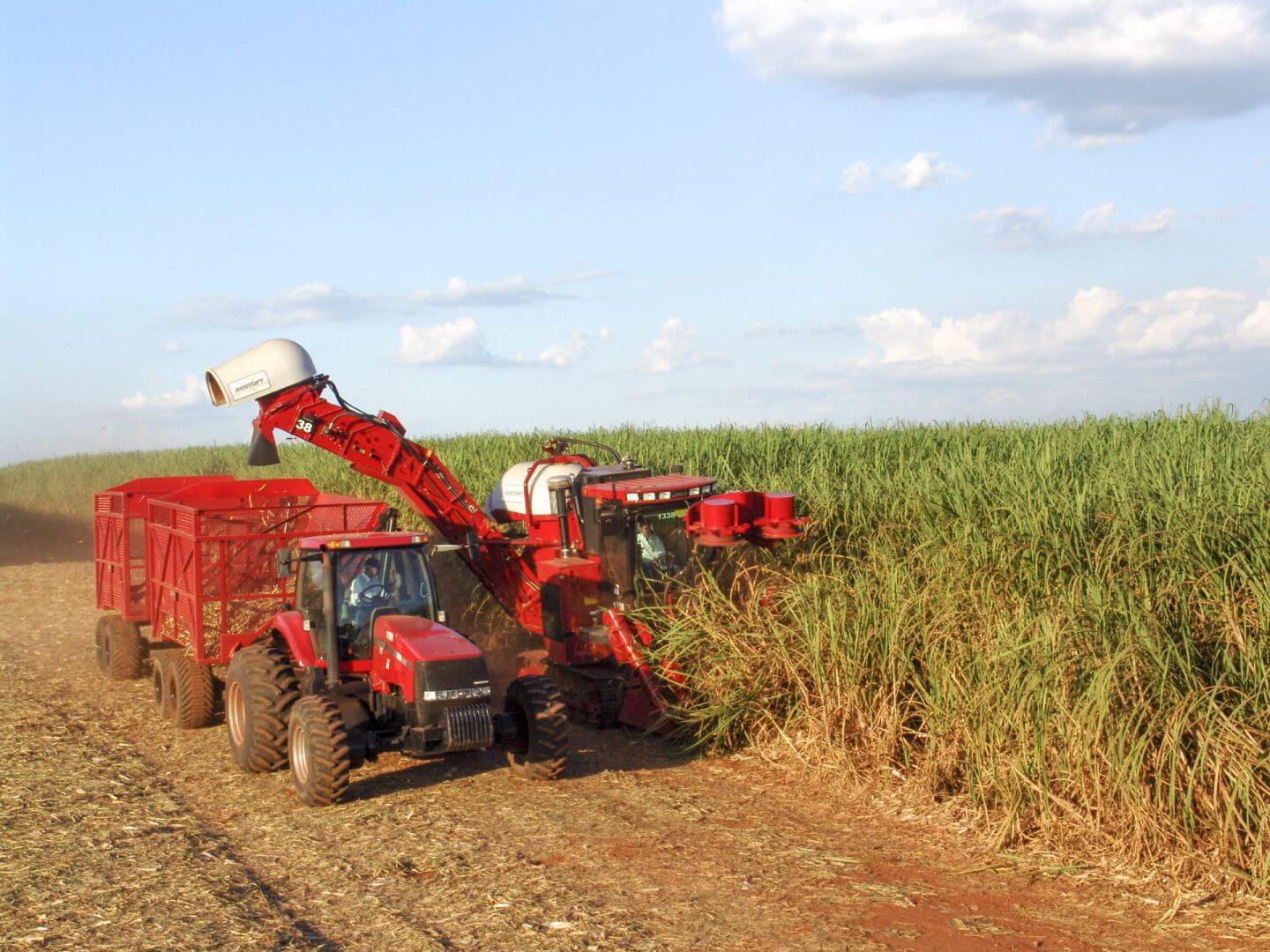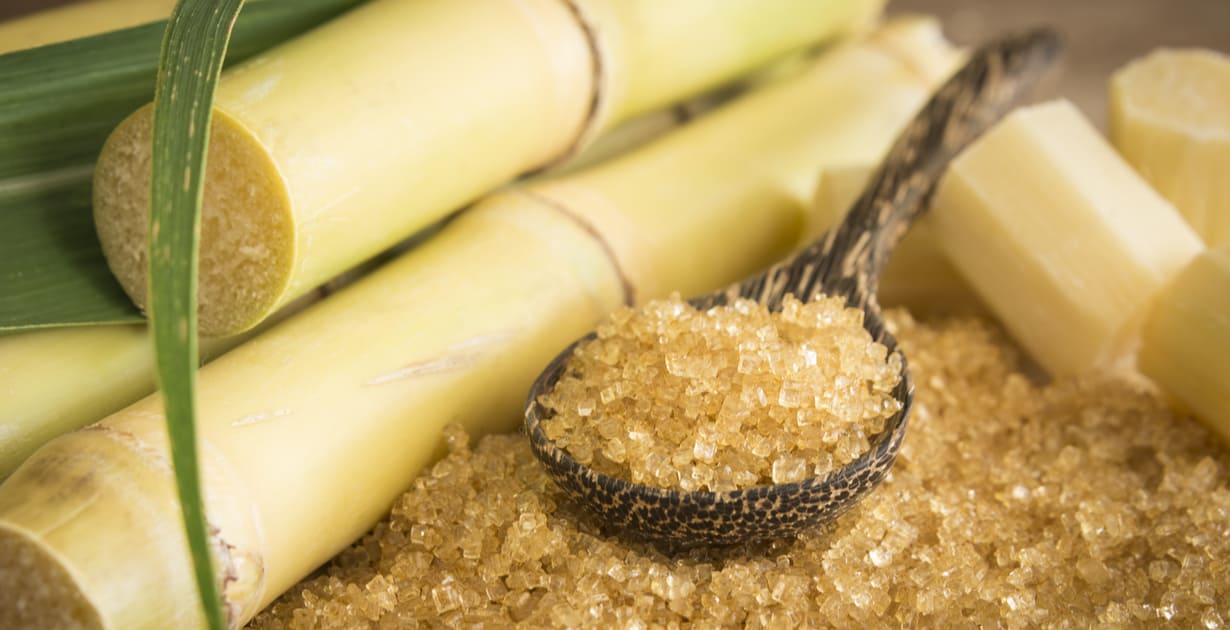Everything About Sugar Canes: What Are Sugar Canes Used For and Their Function in Worldwide Agriculture?
Sugar canes act as a foundation of international farming, primarily acknowledged for their role in sugar manufacturing. They additionally add to the production of spin-offs like molasses and ethanol. These facets not only sustain different industries yet also influence financial stability in country areas. The farming of sugar canes encounters considerable environmental challenges. Comprehending their complex role prompts more exploration right into their farming methods and sustainability initiatives.
The Agricultural Refine of Sugar Walking Cane Growing
Although sugar walking cane growing may differ by area, the fundamental farming procedure continues to be regular. The very first action includes choosing high-yielding selections appropriate for regional environments. Prep work of the soil is crucial, usually needing tillage and the addition of plant foods to boost fertility. Growing generally takes place throughout the stormy season, with farmers using either entire stalks or cuttings to develop brand-new crops.As the plants expand, they require persistent care, including weed control, pest monitoring, and watering, depending upon the ecological conditions. Farmers keep track of the sugar walking cane's growth cycle, which typically spans 10 to 24 months, before collecting. Harvesting is labor-intensive, typically conducted by hand or with specialized equipment, guaranteeing very little damage to the stalks. Complying with harvest, the walking cane is transported to processing centers. This thorough growing process not only sustains neighborhood economies but likewise plays a significant function in worldwide agricultural techniques, adding to food and energy products.
Sugar Manufacturing: From Cane to Crystal
The trip of sugar production starts the moment fresh collected sugar cane shows up at refining centers. The very first step entails washing and slicing the cane to prepare it for extraction. Making use of high-pressure rollers, the juice is removed from the crushed walking stick, leading to a pleasant liquid recognized as sugarcane juice. This juice undergoes information, where impurities are gotten rid of through the enhancement of lime and heat.Next, the made clear juice is concentrated by boiling it down to develop a thick syrup. This syrup is after that crystallized by cooling down, making it possible for sugar crystals to develop. The taken shape sugar is separated from the staying syrup, recognized as molasses, with centrifugation.Finally, the sugar crystals are cleaned and dried, causing the familiar granulated sugar (What Are Sugar Canes Used For). This procedure transforms raw sugar walking stick into a product that is essential to different cooking and commercial applications, highlighting the value of sugar in international farming
Biofuels and Sugar Canes: A Lasting Future
As the globe progressively seeks lasting power solutions, sugar walking canes have become an encouraging resource for biofuels. The biomass stemmed from sugar walking canes can be transformed right into ethanol, an eco-friendly gas option that significantly lowers greenhouse gas discharges compared to fossil gas. This procedure not just gives a cleaner energy resource but also advertises energy freedom for many countries.In enhancement, sugar walking cane cultivation sustains rural economic climates by creating jobs in both farming and biofuel production markets. Using sugar canes for biofuel production also motivates agricultural diversification, which can boost soil wellness and minimize dependence on solitary plants. Additionally, the byproducts of sugar walking stick processing can be utilized for electrical energy generation, additionally adding to a lasting energy cycle. As countries endeavor to fulfill renewable resource targets, sugar walking canes are positioned to play a crucial role fit an extra lasting future in the biofuel landscape.

The Duty of Sugar Canes in Beverage Manufacturing
Sugar walking sticks play a considerable function in beverage manufacturing, serving as a main active ingredient in rum and adding to the sweet taste of several sodas. Additionally, their all-natural juices are utilized in various drinks, boosting flavor and charm. This convenience highlights the value of sugar walking sticks in the international beverage sector.
Sugar Walking Cane in Rum
Rum manufacturing is elaborately linked to the cultivation of sugar cane, an essential plant that provides the needed fermentable sugars required for fermentation. This process begins with the extraction of juice from harvested sugar canes, which is after that either fermented straight or processed right into molasses. Yeast is included in transform the sugars into alcohol, leading to a diverse series of rum styles, from light to dark ranges. The geographical region where the sugar walking cane is expanded greatly influences the flavor account of the rum, with variables such as dirt type and environment playing critical roles. Nations like Barbados, Jamaica, and Cuba are renowned for their rum manufacturing, showing the historical and cultural relevance of sugar walking stick within the worldwide drink market.
Soft Drinks Sugar Resource

Natural Juice Manufacturing Makes Use Of
Along with its significant duty in soft beverage production, sugar walking cane is also essential in the natural juice sector. The juice extracted from sugar walking stick, referred to as walking cane juice, is commemorated for its all-natural sweetness and distinct flavor account. This juice is commonly consumed fresh in different areas, especially in tropical nations, where it is taken pleasure in as a rejuvenating beverage. In addition, cane juice serves as a base active ingredient in a series of natural fruit juices and shakes, improving both preference and nutritional value. Its natural homes make it an attractive choice to artificial sugar, interesting health-conscious customers. In general, sugar walking cane's flexibility in juice manufacturing underscores its relevance in modern beverage offerings worldwide.
Advancements in Sugar Walking Cane Byproducts
Developments in sugar cane by-products are leading the way for sustainable remedies in various sectors. Biofuels acquired from sugar walking cane use a different energy source, while innovations in lasting product packaging are lowering dependence on typical products. These growths highlight the versatility and capacity of sugar walking cane beyond its key usage in drink manufacturing.
Biofuels From Sugar Cane
Just how can the by-products of sugar cane add to lasting energy services? The conversion of sugar cane into biofuels offers an appealing opportunity for sustainable power. By making use of the coarse deposit, called bagasse, manufacturers can produce bioethanol via fermentation processes. This bioethanol can serve as a lasting alternative to nonrenewable fuel sources, reducing greenhouse gas exhausts check it out and reliance on non-renewable sources. Furthermore, molasses, one more by-product, can be fermented to produce biofuels, making the most of resource efficiency. The power produced from sugar walking stick not just gives a cleaner fuel resource but likewise boosts the general financial practicality of sugar manufacturing. By incorporating biofuel production right into their operations, sugar walking stick markets can play a vital duty beforehand lasting power options globally.
Lasting Product Packaging Solutions
Sustainable product packaging remedies are progressively being developed from sugar walking cane by-products, showcasing the convenience of this agricultural staple. Advancements such as naturally degradable plastics originated from bagasse, the coarse residue left after juice extraction, are acquiring traction. These products provide an eco-friendly choice to standard plastics, minimizing dependence on nonrenewable fuel sources and reducing carbon footprints. Furthermore, sugar cane-based product packaging is compostable, damaging down normally without damaging the atmosphere. Companies are currently checking out these choices to straighten with customer need for sustainability. As awareness of plastic pollution grows, the fostering of sugar cane-derived packaging is expected to rise, placing sugar canes as a vital gamer in the shift to greener packaging solutions in various markets.
Economic Effect of Sugar Walking Stick Farming

Although sugar walking stick farming has deep origins in numerous economic climates, its financial influence expands much past agricultural manufacturing. This crop acts as a considerable resource of revenue for countless farmers worldwide, specifically in establishing countries where farming is a primary livelihood. Sugar cane adds to regional economic climates via task development in handling, harvesting, click here to find out more and growing. The sector also promotes growth in related markets such as transportation, devices manufacturing, and food processing.Furthermore, sugar walking stick is a principal in worldwide trade, affecting international markets and prices. Nations that create sugar cane typically count on exports to enhance their financial stability. The spin-offs of sugar walking cane, such as ethanol and molasses, diversify revenue streams for farmers and add value to the farming field. In general, the economic ramifications of sugar cane farming are extensive, impacting not just farmers however likewise whole areas and nationwide economies.
Environmental Considerations in Sugar Walking Stick Growing
While sugar walking stick farming plays an important duty in many economic situations, it likewise raises considerable ecological issues that can not be ignored. The extensive usage of fertilizers and chemicals in sugar walking cane growing often causes dirt degradation and water air pollution. Drainage from these chemicals can infect close-by water bodies, damaging water environments. Furthermore, the monoculture practices widespread in sugar walking stick farming decrease biodiversity, making ecological communities much more susceptible to bugs and diseases.Deforestation is an additional vital problem, as land is typically gotten rid of to make means for sugar vineyards, causing habitat loss for wild animals and raised carbon emissions. Moreover, the high water intake needed for sugar walking cane irrigation can strain local water resources, specifically in deserts. As global need for sugar proceeds to rise, resolving these environmental challenges comes to be necessary to guarantee lasting techniques in sugar walking cane farming.
Often Asked Questions
What Are the Nutritional Conveniences of Sugar Cane?
The nutritional benefits of sugar walking stick mainly include its high carbohydrate web content, supplying power. Furthermore, it contains vitamins, minerals, and antioxidants that might sustain total health and wellness, though small amounts is necessary as a result of its sugar content.
How Does Sugar Walking Stick Affect Citizen Ecosystems?
Sugar cane farming can greatly impact neighborhood environments by changing land use, impacting biodiversity, and calling for considerable water resources. Additionally, it may bring about soil deterioration and pesticide runoff, interrupting surrounding habitats and wild animals populaces.
What Is the Background of Sugar Walking Cane Growing?

Are There Alternatives to Sugar Cane for Sugar Manufacturing?
Alternatives to sugar walking cane for sugar manufacturing consist of sugar beetroots, corn, and various tropical plants like sorghum and agave (What Are Sugar Canes Used For). These plants supply diverse sources of sweetness, each with distinctive farming needs and ecological influences
Just How Do Weather Condition Patterns Influence Sugar Cane Yields?
Climate patterns he has a good point greatly affect sugar walking stick yields through temperature fluctuations, rains amounts, and seasonal cycles. Dry spell or extreme rainfall can impede development, while perfect problems improve photosynthesis, ultimately influencing the amount and quality of the harvest. The journey of sugar production starts the minute fresh harvested sugar walking stick shows up at refining centers. The crystallized sugar is separated from the remaining syrup, known as molasses, with centrifugation.Finally, the sugar crystals are washed and dried out, resulting in the familiar granulated sugar. Rum production is delicately connected to the growing of sugar walking stick, an essential plant that supplies the essential fermentable sugars needed for fermentation. Furthermore, the monoculture practices prevalent in sugar walking stick farming decrease biodiversity, making environments a lot more vulnerable to insects and diseases.Deforestation is one more crucial issue, as land is typically removed to make method for sugar vineyards, leading to environment loss for wildlife and boosted carbon emissions. Alternatives to sugar walking cane for sugar production include sugar beetroots, corn, and different exotic plants like sorghum and agave.